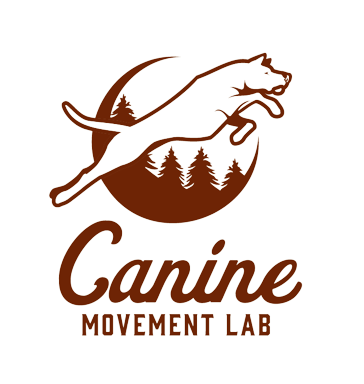Blog — Alternative Medicine for Dogs
Biophilic Design for Dogs: Prospect and Refuge
What is Biophilic Design? Biophilic design is a concept that incorporates nature into the built environment to enhance the connection between people and the natural world, thereby improving physical, mental, and emotional well-being. This is achieved by integrating elements like natural light, vegetation, water features, and natural materials, as well as using designs that mimic natural forms, patterns, and spaces. Many thanks to Dr. Niki Elliott who gave a very insightful presentation at the Polyvagal Institute gathering. I was especially interested in the concept of Biophilic Design as it relates to dogs and their nervous system regulation. Dr....
Regulating the Human First
If you feel your nervous system needs a reset, try one or more of the following: 1. Slow down. Gentle, mindful, and deliberate movements signal safety to your nervous system and the nervous systems around you. 2. Check in with your internal state, are you feeling flighty and stimulated, shut down and dissociated, or grounded and calm? Bringing awareness to your state can also bring compassion and understanding. 3. Give yourself a squeeze for containment, right hand under the left armpit, and left hand on the right shoulder. 4. Hum or sing your favorite song to self-soothe. 5....
The Importance of DEEP SLEEP
The Sleep/Stress Cycle The often overlooked issue of getting enough quality sleep could be the missing key to regulating your dog's nervous system. As many of us have experienced at some point in our lives, it's difficult to get the proper quality and quantity of sleep when we are chronically stressed. And so we sometimes get "trapped" in a cycle where stress keeps us from sleeping, and then lack of sleep keeps us in a state of stress. This is why it is so important to focus on our dog's and our own healthy sleep habits. Getting into a state...
What is Leash Reactivity, Really?
Many people throw this term “leash reactivity” around for the purpose of giving their dog a diagnosis, but what does it really mean? Firstly, your dog is displaying some sort of unwanted behaviors while being restrained on a leash. The “symptoms” of leash reactivity can be: barking, growling, lunging, biting, and even redirecting on the handler. Typically, this is in response to a “trigger” but it could simply be a stimulus that arouses your dog’s drive. So we have a stimulus and a response, but what is the underlying process? It’s different for different dogs, so let’s break it down....
When the Student is Ready, the Teacher Appears
When the Student is Ready, the Teacher Appears Does your dog push your buttons? Do you ever feel an exaggerated reaction to your dog's behavior? Downright triggered? Your most uncomfortable emotions can be activated and mirrored by your dog. Your shadow self might be unconsciously projected into your dog. Your unhealed inner child. Your refusal to accept the truth or the reality of your current situation. One of the simplest practices (not necessarily easy, but straightforward) is to write your dog a letter of gratitude. This can help you process the emotions coming up around your dog's behavior. This...






